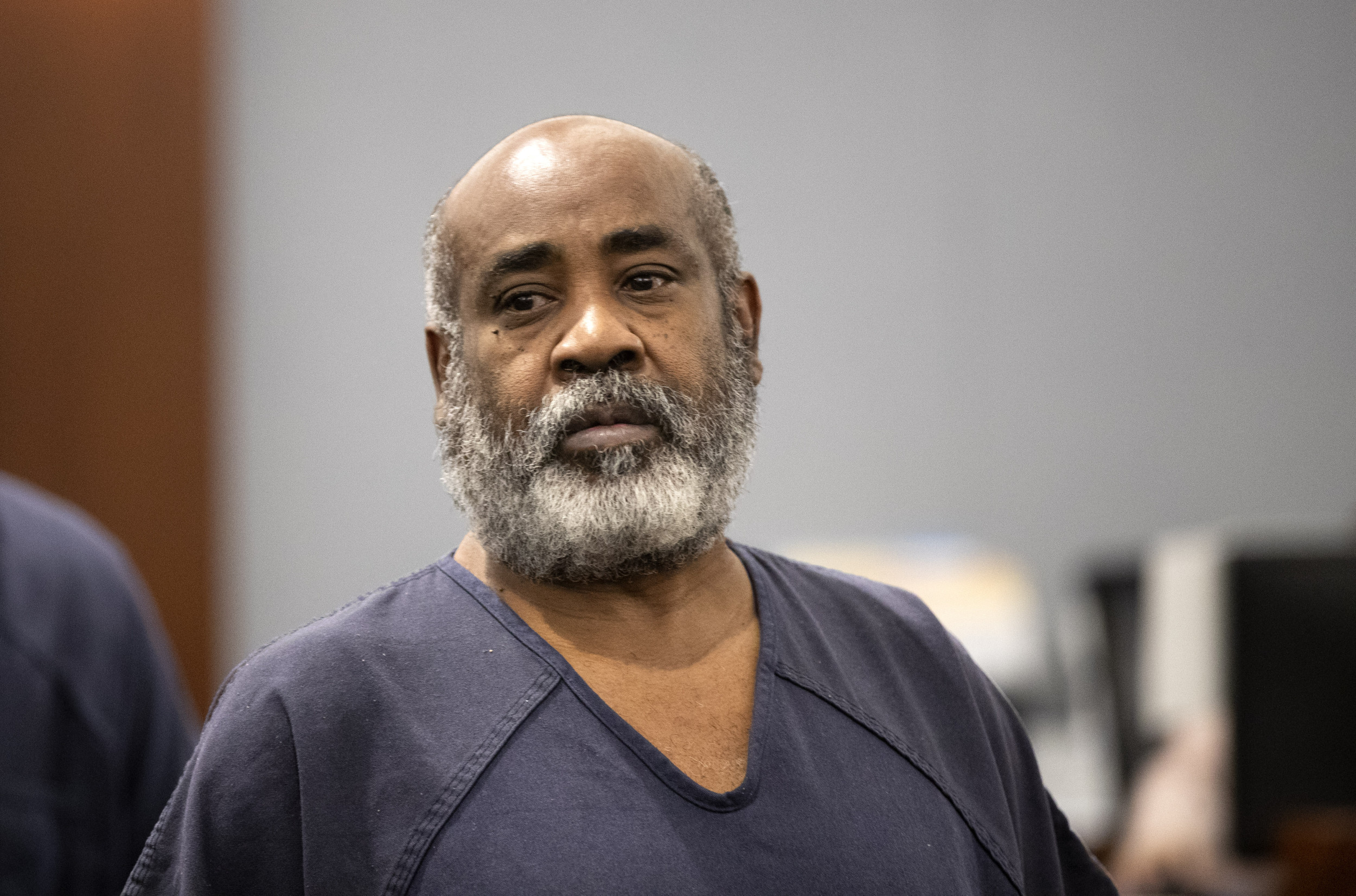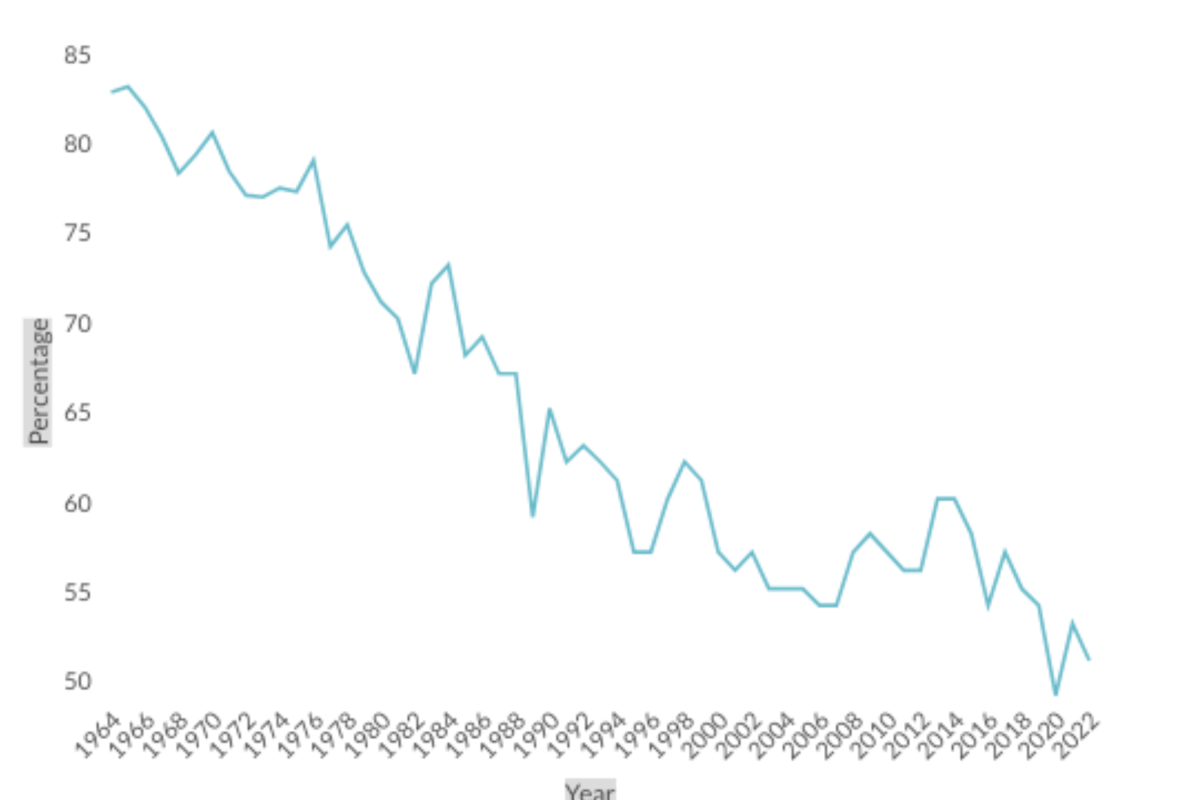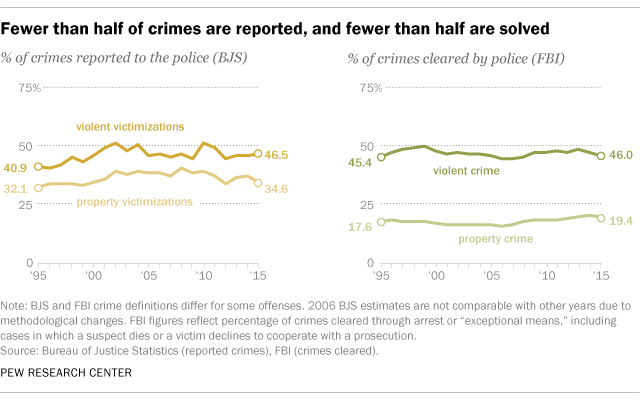
America's police can't solve murders anymore
More legal protections for the accused, more murders committed by strangers and a declining relationship between the police and the public may be responsible.
America's Police Can't Solve Murders Anymore
Dec 19, 2023 at 10:48 AM EST
Missing Man's Remains Found Buried In California Backyard
The police success rate in solving murder cases in the U.S. has declined sharply in the past 50 years, a new report shows.
The decline may be the result of better legal protections for the accused, a weakening relationship between the police and the public, more murders being committed by strangers and slower police response rates.
Black men were eight times more likely than white males to be murdered in 2020-2021 and Black women were four times more likely to be murdered than white females. The analysis by the independent Council on Criminal Justice (CCJ) shows that the homicide "clearance," or solve rate, was 83.7% in 1964 and that it dropped steadily to 50% in 2022.

Duane Keith "Keffe D" Davis appears in Clark County District Court on November 7, 2023, in Las Vegas, Nevada, after pleading not guilty to murder. The police success rate in solving murder cases has declined steadily in the last 50 years, a new Council on Criminal Justice report has found.STEVE MARCUS-POOL/GETTY IMAGES
Less than half of murders will be solved in 2023 and in subsequent years if the trend continues.
Police knowledge and understanding of the relationships between murderers and their victims has also steadily declined.
Ernesto Lopez, a CCJ research specialist and co-author of the report, told Newsweek that homicide clearance rates have steadily declined since the 1960s.
He reiterated the possible reasons for the trend, adding that: "Other factors, such as increased police response times and declines in public trust in police may also affect initial apprehension and witness cooperation and can lower clearance rates.
"A lower clearance rate does not automatically equate to less police effectiveness, but when factors like low trust result in less cooperation, that is a major problem for our justice system," Lopez said.
Part of the problem may also be that the circumstances surrounding homicides have become less clear over time. The share of homicides with an "unknown" circumstance doubled from 22% in 1985 to 43% in 2022, the report shows.

A graph showing the steady decline in the success rate of U.S police in solving homocide cases 1964-2022. There are a number of posible reasons for the decline.COUNCIL ON CRIMINAL JUSTICE
Sign up for Newsweek’s daily headlines
In cases where the circumstances were reported, about 15% of homicides over that period were "felony homicides," or killings committed during the course of another offense, such as robbery, rape, or drug trafficking.
The peak felony homicide rate of about 20% came during the height of the crack cocaine epidemic from 1989 to 1992. According to police reports, felony homicides accounted for 10% of murders in 2020, and 7% of murders in 2022. The share of homicides attributed to "arguments" steadily declined over the period, from 33% in 1985 to 22% in 2022, a decrease of one-third.
The relationship between victims and offenders also has become increasingly unclear in recent years. While the share of unknown relationships spiked in the early 1990s, it has hovered between 30% and 40% over the past 40 years. In 2020 and 2022, however, police were unable to determine a relationship in more than 50% of cases, the report shows.
It also found that the homicide rate began trending upward in 2015 after a long-running decline. After peaking in 2021, it remained 24% higher in a sample of 30 cities in the first half of 2023 than it was before the pandemic.
"Some have suggested that the economic and mental health stresses of the pandemic, combined with a decline in support services because of COVID-related shutdowns, were to blame," the report said.
"Others cite an increase in gun sales, a decline in the perceived legitimacy of police and our justice system, and changes in drug markets that led to more violence in the streets. Unfortunately, these are all theories at this point, and until we have more data, we won't fully understand the dynamics."
Teenagers aged 15 to 19 years old were three times more likely to die by homicide in 2020-2021 than in 1960.
Arrests of Black adults for homicide dropped 65% from 1980 to 2020, but Black people were still six times more likely to be arrested for homicide in 2020 than white people.
It said that a targeted approach to the homicide spike has likely been a success.
"One factor that should not be overlooked," Lopez told Newsweek, "is that officials in many jurisdictions reacted to the homicide increase with urgency, deploying new violence-reduction strategies and focusing police on the small number of people and places that tend to drive gun violence.
"It's likely that these efforts played a role in turning the tide on homicide," he said.
Update 12/19/23, 3:05 p.m. ET: This story was updated to clarify that Ernesto Lopez's last quote was to Newsweek and not from his co-authored report.




 Shima Baughman
Shima Baughman







